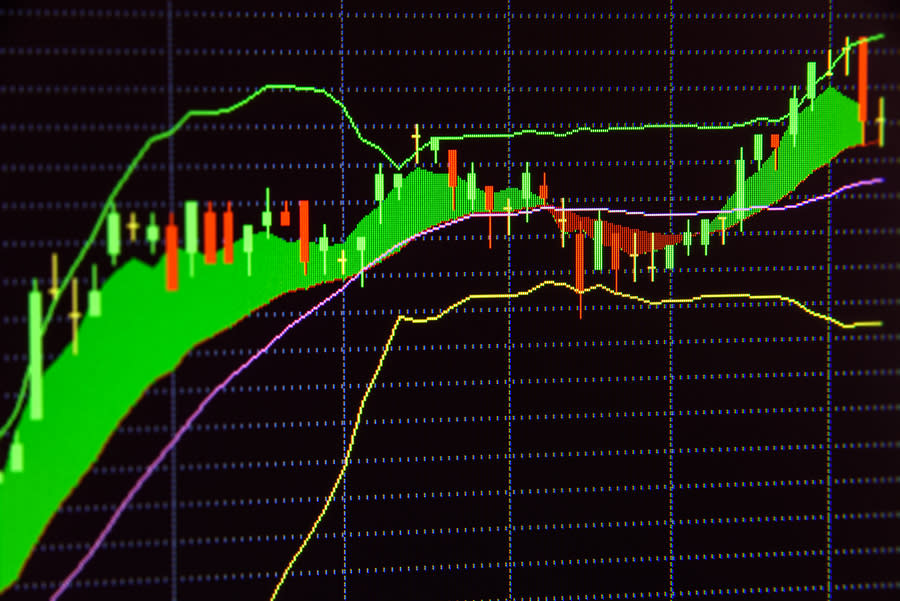Is Pioneer Flexible Opportunities A (PMARX) a Strong Mutual Fund Pick Right Now?

Allocation Balanced fund seekers should not consider taking a look at Pioneer Flexible Opportunities A (PMARX) at this time. PMARX holds a Zacks Mutual Fund Rank of 4 (Sell), which is based on nine forecasting factors like size, cost, and past performance.
Objective
PMARX is classified in the Allocation Balanced segment by Zacks, which is an area full of possibilities. Here, investors are able to get a good head start with diversified mutual funds, and play around with core holding options for a portfolio of funds. Allocation Balanced funds look to invest across a balance of asset types, like stocks, bonds, and cash, though including precious metals or commodities is not unusual; these funds are mostly categorized by their respective asset allocation.
History of Fund/Manager
PMARX finds itself in the Pioneer Invstestments family, based out of Boston, MA. Since Pioneer Flexible Opportunities A made its debut in May of 2010, PMARX has garnered more than $90.82 million in assets. A team of investment professionals is the fund's current manager.
Performance
Obviously, what investors are looking for in these funds is strong performance relative to their peers. PMARX has a 5-year annualized total return of 8.38% and is in the top third among its category peers. Investors who prefer analyzing shorter time frames should look at its 3-year annualized total return of 1.7%, which places it in the middle third during this time-frame.
When looking at a fund's performance, it is also important to note the standard deviation of the returns. The lower the standard deviation, the less volatility the fund experiences. The standard deviation of PMARX over the past three years is 16.19% compared to the category average of 14.47%. The fund's standard deviation over the past 5 years is 13.38% compared to the category average of 12.09%. This makes the fund more volatile than its peers over the past half-decade.
Risk Factors
Investors should not forget about beta, an important way to measure a mutual fund's risk compared to the market as a whole. PMARX has a 5-year beta of 0.79, which means it is likely to be less volatile than the market average. Because alpha represents a portfolio's performance on a risk-adjusted basis relative to a benchmark, which is the S&P 500 in this case, one should pay attention to this metric as well. Over the past 5 years, the fund has a negative alpha of -4. This means that managers in this portfolio find it difficult to pick securities that generate better-than-benchmark returns.
Expenses
For investors, taking a closer look at cost-related metrics is key, since costs are increasingly important for mutual fund investing. Competition is heating up in this space, and a lower cost product will likely outperform its otherwise identical counterpart, all things being equal. In terms of fees, PMARX is a load fund. It has an expense ratio of 1.20% compared to the category average of 0.89%. Looking at the fund from a cost perspective, PMARX is actually more expensive than its peers.
Investors need to be aware that with this product, the minimum initial investment is $1,000; each subsequent investment needs to be at least $100.
Bottom Line
Overall, Pioneer Flexible Opportunities A ( PMARX ) has a low Zacks Mutual Fund rank, and in conjunction with its comparatively strong performance, average downside risk, and higher fees, Pioneer Flexible Opportunities A ( PMARX ) looks like a poor potential choice for investors right now.
This could just be the start of your research on PMARXin the Allocation Balanced category. Consider going to www.zacks.com/funds/mutual-funds for additional information about this fund, and all the others that we rank as well for additional information. Want to learn even more? We have a full suite of tools on stocks that you can use to find the best choices for your portfolio too, no matter what kind of investor you are.
Want the latest recommendations from Zacks Investment Research? Today, you can download 7 Best Stocks for the Next 30 Days. Click to get this free report
To read this article on Zacks.com click here.


